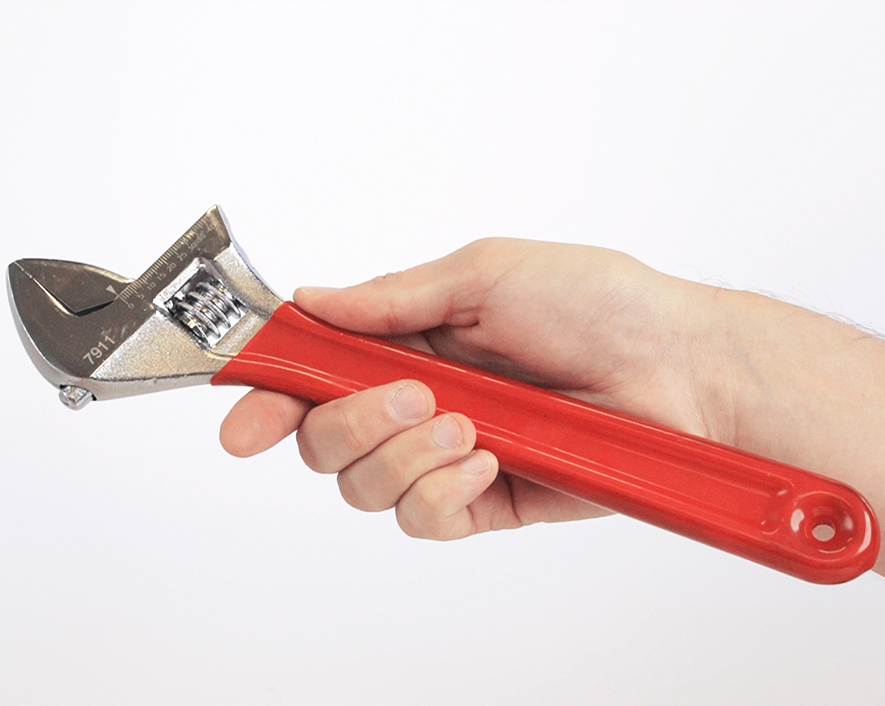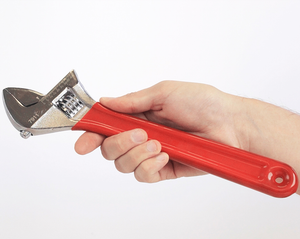
Wrench Inspection Method and Standard Guide Inspection and Certification Services for Warehousing and Factory Audits
A wrench is a manual tool that utilizes the principle of leverage to turn bolts, nuts, and other threaded fasteners. It is usually made of carbon steel or alloy structural steel. Its structure typically features an opening or a sleeve at one or both ends. The function of tightening or disassembling is achieved by applying external force to the handle. The quality of the wrench directly affects the safety and efficiency of assembly, so it must be controlled through a systematic inspection process. This article will, in conjunction with the inspection and verification standards for factories and warehouses, provide a detailed introduction to the classification, inspection items, and quality control points of wrenches, offering references for quality inspectors, purchasers, and manufacturing enterprises.
I. Overview of Classification and Usage
Wrenches are mainly divided into two categories: fixed wrenches and adjustable wrenches. The common types include:
Wrench: The opening size is fixed and it is suitable for corresponding specifications of nuts or bolts.
Mandrel Wrench: Both ends have hexagonal or dodecagonal holes, suitable for use in narrow spaces.
Dual-purpose wrench: One end is a fixed wrench, and the other end is a star wrench, with combined functions.
Wrench: The opening width can be adjusted and it is suitable for various specifications.
Hook-shaped wrench: Used for tightening flat nuts and other restricted situations.
Socket wrench: Composed of a socket head, handle and extension rod, it is suitable for deep holes or concealed areas.
Hex socket wrench: Specifically designed for hexagonal screws.
Torque wrench: It can display or set the torque value, and is used in assembly scenarios with precise torque requirements.
II. Inspection Standards and Inspection Procedures for Wrenches
During the factory inspection and shipment inspection processes, the quality control of the wrenches mainly includes items such as appearance, size, hardness, torque performance, material composition, and packaging labels. These must be carried out in accordance with domestic and international standards such as GB, ISO, and DIN.
Appearance quality inspection
Sampling inspection is conducted according to the AQL sampling standard. The surface of the wrench must not have cracks, burrs, scratches, oxide scale, etc. The thickness of the electroplated layer should be no less than 8 μm. The blackening treatment must be uniform without exposed base. Common defects include underplating, burning, peeling, color difference, etc. During inspection, the limit samples should be referred to for judgment.
Dimension and symmetry inspection
Using common and specialized measuring tools such as calipers and ring gauges, check whether the opening dimensions, head width, hole positions, etc. comply with standards like GB4389 and GB4390. The symmetry deviation should be controlled within the allowable range of the standards to ensure that there will be no slipping or damage to the nuts during assembly.
Hardness testing
The test is conducted using a Rockwell hardness tester (HRC). The hardness requirements vary for different materials and types of wrenches. For example, for fixed wrenches with an edge dimension of S ≤ 36mm (carbon steel), the hardness must reach 39-48HRC. For alloy steel wrenches, the requirements should be raised accordingly. During the factory inspection, the material certificates and heat treatment records need to be reviewed.
Torque performance test
The torque test is conducted in accordance with the GB4393 standard. The wrench should not develop cracks or undergo permanent deformation after reaching the specified torque value. The torque wrench also requires additional verification of the torque display accuracy and the signal triggering function.
Surface roughness inspection
The Ra value of the open side is ≤ 12.5 μm, and the inner surface of the sleeve hole is ≤ 25 μm. This ensures that the fasteners used are smooth and do not wear easily.
Special inspection of socket wrenches
In addition to the above items, socket wrenches need to undergo a mating accuracy test: after the square dowel and square hole are connected, they should be able to be continuously inserted and withdrawn 5 times without coming off; the steel balls and steel pins structure should be firmly and reliably. The hardness of the socket is controlled according to the edge size grading, and the size after the torque test should not exceed the tolerance limit.
III. Key Points of Factory Inspection Audit and Quality Control
During the factory inspection process, in addition to the inspection of finished products, a systematic assessment of the production process, quality management system and supply chain is also required:
Quality management system: Check whether the ISO 9001 and other systems have been established, and whether there are records for incoming material inspection (IQC), process inspection (IPQC), and final inspection (FQC).
Material and process control: Verify the steel material certificate, heat treatment process parameters, and the environmental compliance of electroplating/surface treatment (such as RoHS, REACH).
Production and testing equipment: Ensure that hardness testers, torque meters, roughness meters, etc. are regularly calibrated, and review the relevant records.
Packaging and Labeling: The packaging should be rust-proof and moisture-proof, meeting the requirements for transportation safety; the labels should clearly indicate the specifications, materials, applicable standards, and manufacturer information.
Sampling standard: Generally, AQL MIL-STD-105E/ISO 2859-1 is adopted. The acceptance levels for Major and Minor defects are set according to customer requirements.
IV. Packaging, Storage and After-sales Quality Assurance
The wrench set should be placed in the packaging box with protective padding according to the specifications. The outer box should be moisture-proof and pressure-resistant, suitable for long-distance transportation. During storage, it is necessary to avoid damp and high-temperature environments to prevent rusting. The inspection report should include the sample quantity, defect statistics, determination results and improvement suggestions to ensure the traceability of quality.
In summary, as a crucial assembly tool, the quality and reliability of the wrench are closely related to its usage safety. By strictly adhering to the factory inspection and quality control standards, as well as strengthening process quality control and product inspection, the product qualification rate and market competitiveness can be effectively improved. It is recommended that purchasers and manufacturers jointly clarify the quality requirements and establish a long-term and reliable quality supervision and cooperation mechanism.
Share this product

Wrench Inspection Method and Standard Guide Inspection and Certificati
A wrench is a tool that utilizes the principle of leverage to turn bolts, nuts and other threaded fasteners. It is usually made of carbon steel structure steel.
